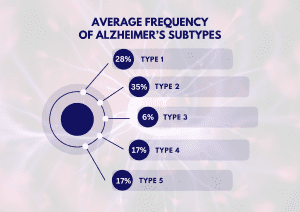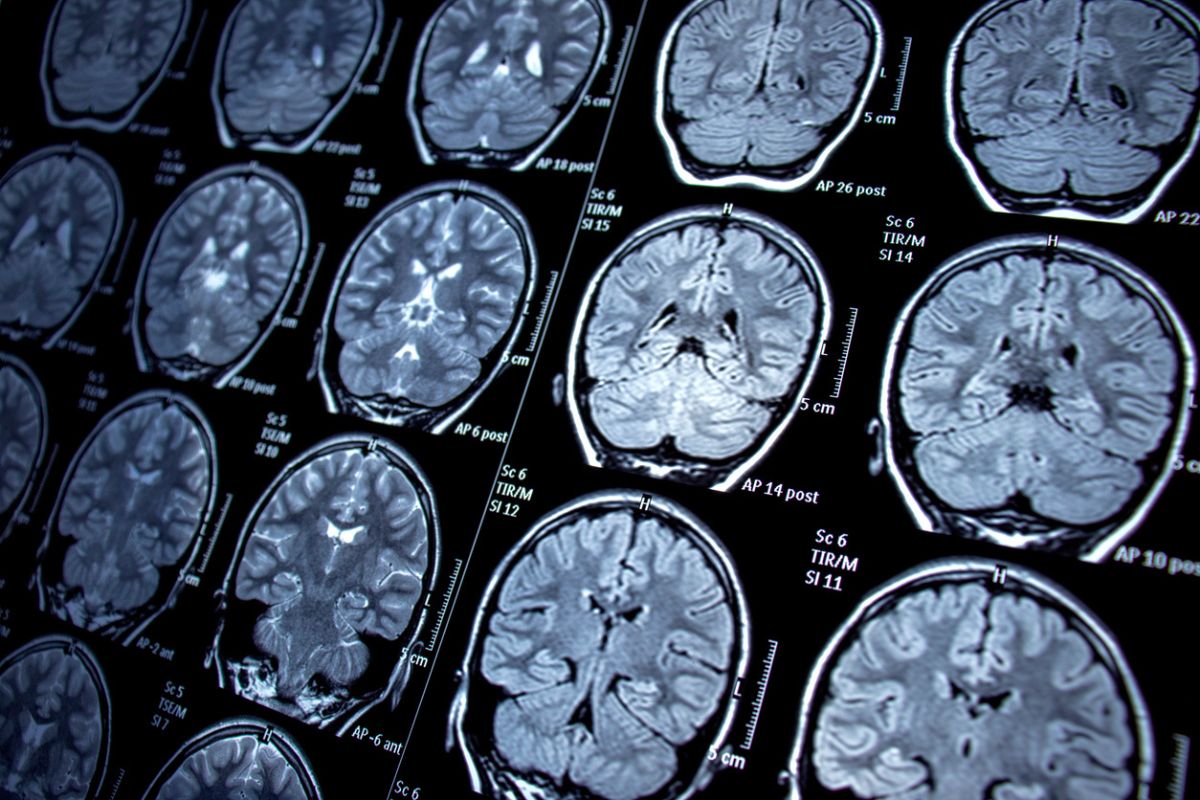It appears that a team of Dutch researchers might have figured out why the efficacy of Alzheimer’s treatments varies so widely – they’ve discovered there are five different types of the dementia-causing disease.
This new study, published in Nature Aging, emerged from a joint effort between Alzheimer Center Amsterdam, the University of Amsterdam, and Maastricht University and could prove to be a breakthrough in Alzheimer’s research.
The research team collected cerebrospinal fluid from more than 400 Alzheimer’s patients and discovered five different types based on their molecular makeup and risk profiles. As a result, the team suggests that medical professionals can no longer treat Alzheimer’s as a single disease, and instead must pursue more focused treatments based on each subtype.
However, the study’s authors conceded that “All subtypes were associated with distinct genetic risk profiles, providing further biological validation for AD subtypes.”
Subtype 1: Hyperplasticity
The researchers classified the first subtype by its higher level of brain cell growth and tau protein levels. They also identified the genetic risk factors that contribute to this subtype and determined the average survival rate hovered at just under nine years. Finally, they explained that antibody treatments are the most effective.
Together, our results provide further support for a hyperplasticity subtype in AD, and provide additional insights into the underlying mechanisms, such as that this subtype could be related to a dampened microglial response,” the researchers wrote.
Subtype 2: Innate Immune Activation
Regarding the second subtype, the doctors traced its source to an overactive immune system, resulting in greater atrophy in the brain and elevated tau levels. Consequently, the researchers recommended immune suppressants as the best possible treatment.
“Possibly, the increase of plasticity-related proteins may reflect an attempt to repair synaptic contacts, which succumbs in the presence of activated microglia,” the report states. “Alternatively, increased protein levels may reflect neuronal loss.”
Subtype 3: RNA dysregulation
One of the more novel discoveries of this research emerged with the recognition of subtype 3, which the scientists blamed on dysregulated RNA and issues with the brain’s production of proteins. They also determined that this subtype progressed the most aggressively, resulting in the shortest survival rate at 5.6 years.
Finally, the researchers determined that a treatment regime that included drugs prescribed to restore RNA functions would be the most effective.
Subtype 4: Choroid Plexus Dysfunction
The fourth subtype stems from a disruption of the brain’s blood vessels and slower brain cell growth, leading to the worst atrophy of any of the subtypes. The researchers also determined that this subtype featured a higher proportion of immune cell proteins.
Subtype 5: Blood-brain Barrier Dysfunction
The researchers characterized the fifth, and final, subtype by a flaw in the blood-brain barrier that can lead to brain microbleeds and slower brain cell growth.
Since patients with this subtype, “may be at increased risk for cerebral bleeding that can occur with antibody treatment,” the authors advised a treatment that includes cerebrovascular drugs.
“Notably, we found that each subtype was associated with distinct AD genetic risk factors, further supporting that each CSF AD subtype reflects specific underlying molecular mechanisms,” the researchers concluded. “The subtypes also differed in cortical atrophy patterns and survival times, underscoring their clinical relevance.”
Further Reading:
Insomnia in Patients With Alzheimer’s Disease
Distinguishing FTD From Behavioral Variant AD
Early Improvements Predict Treatment Response in Alzheimer’s



